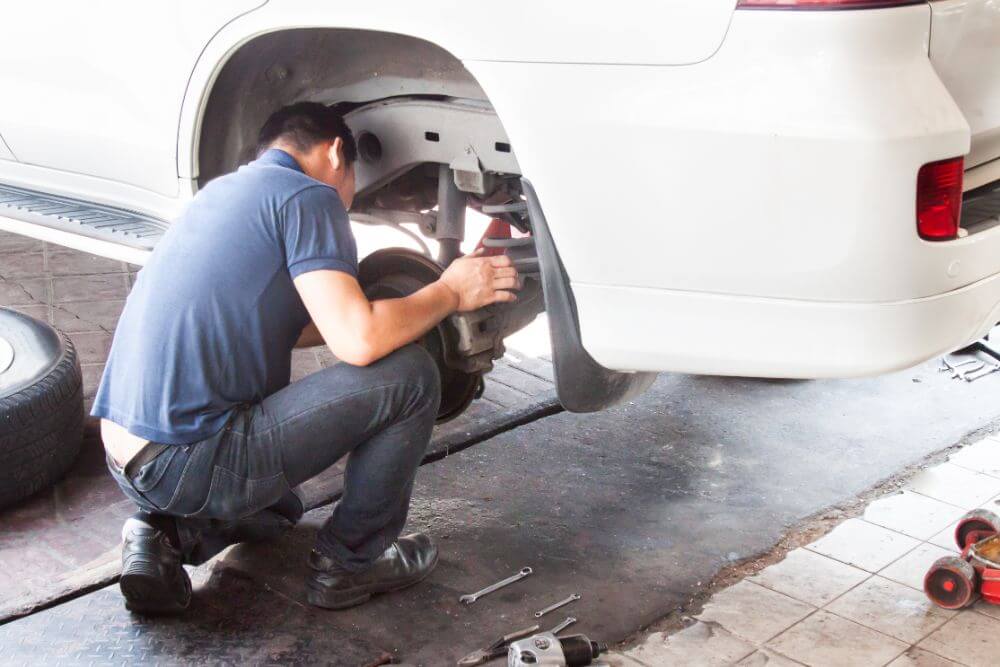
For the vast majority of motorists, the MOT test is a mildly inconvenient chore that needs to be performed every year. They book the test, leave their keys with the garage and hope the car passes without too many problems. They have a vague idea that it helps to keep them safe, but once it’s done they tend not to think about it for another twelve months.
This is all completely understandable, of course, we live in an increasingly hectic world and everyone has other things to worry about as well. But have you ever really thought about the MOT, what it means, how it works and why we all need to take it seriously? Here are four questions about the test that you may wondered about at some point in the past.
When was the test introduced?
The Ministry of Transport (MOT) test first began in 1960. It was only for vehicles that were at least ten years old and, perhaps surprisingly, it was originally introduced on a voluntary basis. It only covered the lights, brakes and steering of a car, with other items added later, including tyres (1968), windscreen wipers (1977), emissions (1991) and secondary restraint systems (2012).
What is included in the current MOT test?
The MOT test in the modern era is very different and covers a great deal more than those of the past. Among the items checked now are seat belts, brakes, fuel system, battery, windscreen, lights, tyres, wheels, mirrors, doors and many others. Usually, a test on a standard car will take somewhere between 45 minutes and one hour, assuming the vehicle passes.
What happens if a car fails the MOT test?
If your car should fail the test, you will be given a VT30 certificate detailing the reasons for failure. You can then arrange for the relevant remedial work to be carried out before re-submitting the vehicle for another test. If it needs a relatively minor fix, the testing garage will often offer to carry out the work there and then. It’s estimated that around 1.5 million cars fail the test every year due to minor issues such as light bulbs, tyre tread, a lack of windscreen washer fluid and impaired vision on the windscreen.
What’s not checked in an MOT test?
There are a number of items which aren’t included in a standard test, including the condition of the gearbox and the clutch. The workings of the engine won’t be included, although the engine mountings will be. The spare wheel and tyre will not be inspected, either. It’s important to remember an MOT pass doesn’t mean your car is working perfectly. Here at Tannadice Motors, we offer MOT testing, servicing and all types of vehicle repair; just call 01382 690 898 to find out more.